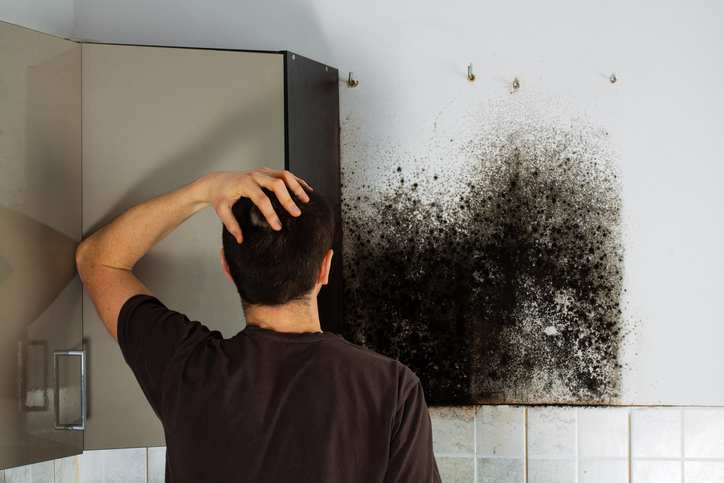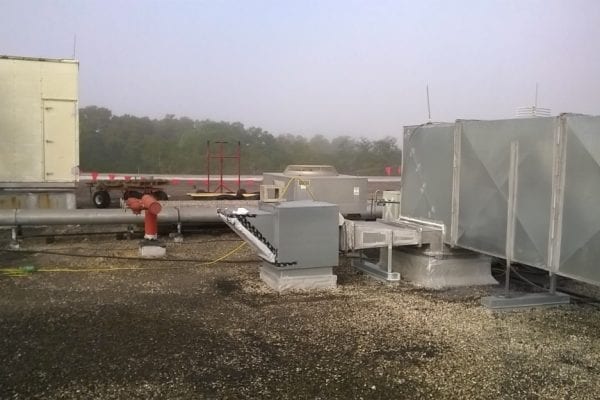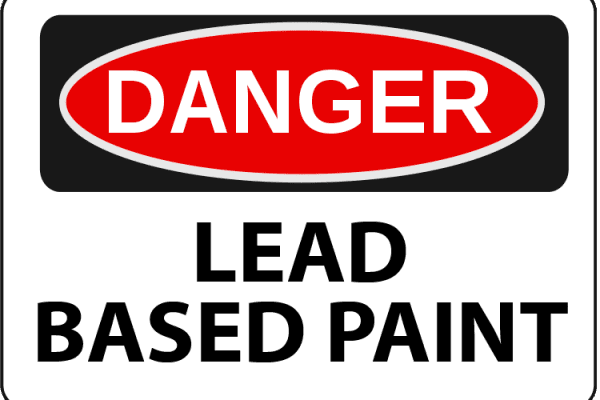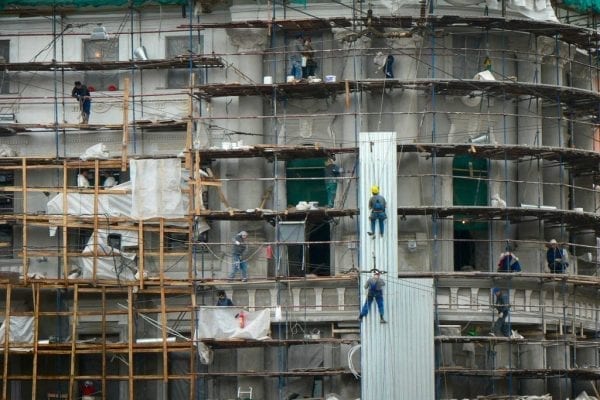Fortunately, with the proper steps, most tenant mold complaints can be quickly resolved. In other cases, the mold complaint may be an early warning sign of larger structural problems that would have to be addressed anyway. Either way, if you’ve recently received a tenant mold complaint, take a deep breath and follow these steps.
Step One: People First
One of the biggest mistakes property managers make is to treat tenant complaints as a bother, rather than an opportunity to demonstrate good customer service. Even if the complainant is an employee of your lessee, a positive relationship with them will yield more benefit than the relatively small cost of good service.
Start your mold investigation by sitting down with the tenant and the individual(s) making the complaint. It’s important to conduct interviews with each complainant and the tenant individually and apart from each other. If interviewed together, their answers may cross-contaminate and skew the results, making it harder to identify the root problem. Ask each individual:
- Why they think there is a mold problem
- What their symptoms are, if any
- Whether they’ve seen something suspicious
- What time of day they’re experiencing symptoms or seeing evidence
- Where in the building symptoms and/or evidence are most obvious
Most of the time, the individual will describe physical symptoms such as clogged sinuses or watering eyes that go away when they’re not in the building. Occasionally, they may see something suspicious—for instance, if their desk is positioned beneath an air conditioning vent, it may blow crud onto their desk.
Either way, it’s important to listen empathetically, regardless of whether you think the complaint is legitimate or not. Assure them that you will look into the problem immediately. When you treat them with respect, they will be much more open to understanding the nature of the problem when you ultimately identify it.
In most cases, you are now faced with one of three scenarios:
- The complainant is mistaken and there is no problem.
- The complainant is correct and there is a mold problem.
- There is not a mold problem, but there is some other indoor air quality issue to address.
If several complainants separately talk about sinus and eye-related symptoms that occur only inside the building, the odds are high that you have a genuine mold problem. If you have multiple complainants with headaches, sore throat, and other symptoms, then you probably have some other indoor air quality problem.
If only one person complains of symptoms in an office full of people who are not complaining, then you may not have a mold or air quality problem at all. However, it is possible that your complainant is particularly sensitive to mold, and you cannot afford to drop the investigation just yet.
Step Two: Visual Inspection
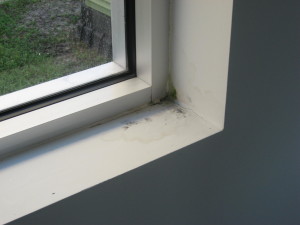 While nobody wants mold in their buildings, it does serve a useful purpose as an early warning sign of structural problems that, left unchecked, may cause more expensive problems. For this reason, even if you suspect the tenant is hyper-sensitive, it behooves you to do a visual inspection for signs of mold.
While nobody wants mold in their buildings, it does serve a useful purpose as an early warning sign of structural problems that, left unchecked, may cause more expensive problems. For this reason, even if you suspect the tenant is hyper-sensitive, it behooves you to do a visual inspection for signs of mold.
Mold requires three things to grow: Heat, moisture, and a medium to grow on. Organic surfaces such as ceiling tiles or wood are ideal media, while metal and plastic are less prone to mold. However, any surface can host mold if it also has organic material clinging to it in the form of dust or debris.
Start your inspection by looking for signs of water damage, such as old water stains, in areas that are prone to dampness. Especially investigate:
- Break room sinks and sink cabinets
- Bathrooms around toilets and sinks and in sink cabinets
- Around windows
- On ceiling tiles
- Around AC units
If you find a water source in any of these locations, there’s a good chance you’ve found the source of the problem. You can kill mold fairly easily, but you must also fix the structural or plumbing issue that started it, or the mold will come back. The solution may be as simple as tightening plumbing fixtures, caulking windows, or changing AC drain pans. If you find a deeper structural issue, make the investment to get professionals in to resolve it.
Once you’ve identified the source and made plans to address it, take care of the mold itself by downloading the EPA booklet on mold remediation. It will walk you through the steps to determine whether you need to call in an expert for remediation and, if not, the DIY steps to take to clean it up.
If, after the visual inspection, you still haven’t identified the source of contamination, it’s time to go deeper.
Step Three: Deeper Investigation
At this point, it may be tempting to throw your hands up and assume there’s no problem after all. But if you’re still getting tenant complaints, odds are that you do have a problem, and it’s going to take a little deeper investigation to identify.
Take a look next at your air-handling units. Air conditioning coils get cold when the units are running, which causes them to pull moisture out of the air so that it condenses on the coils. Generally, these are set up to drip into drain pans. If the drain pans become clogged or leak, the moisture can hang around and generate mold. You can also have mold growing on the coils themselves if they’re not cleaned and maintained regularly.
Hopefully, once you’ve taken these steps, you’ll have identified a problem and its solution, and you’ll be back on track to happy, healthy tenants. Unfortunately, sometimes the problem can be elusive. Temperature, humidity, and other factors that occur behind walls and in inaccessible spaces can be hidden sources of mold contamination, and it may not be possible to identify them without special equipment. If you’ve reached this point, then it’s time to call in the professionals.
Step Four: Professional Mold Consulting Services
If all else fails, call in the professionals. Look for an environmental engineering company that is familiar with mold assessments for commercial buildings. Let them know the steps you’ve already taken and ask them to explain the steps they will take. A good firm will perform some combination of the following:
- Take indoor and outdoor air samples, and send them to a lab to analyze mold concentrations. If indoor mold concentrations are higher than outdoor mold concentrations, then you’ll know for sure that there’s a problem.
- Test for specific mold spore types. If the mold concentrations indoors and outdoors are similar but you’re still experiencing complaints, it’s possible that the concentration of a specific strain of symptom-inducing mold is higher indoors.
- Use a moisture meter to identify areas of the building that are higher in moisture than others. Sometimes the source of mold contamination can be hidden behind walls and in other inaccessible areas, and a moisture meter can help in identifying it without having to tear out walls.
- If there’s still no indication of the source, your professional may utilize infrared cameras. They work by identifying the temperature differential between otherwise undetectably moist areas and the surrounding dry areas.
Once the source is identified, a good environmental engineering firm can assist in remediating the problem. We recommend working with a firm that also has active construction management teams on staff to ensure the solution they select is cost-effective, and to provide accurate cost estimates for reconstruction in the event that structural work must be done.
If you’re facing tenant mold complaints that you haven’t been able to resolve on your own, our mold remediation experts are standing by to help you. Give us a call or email us right now.

